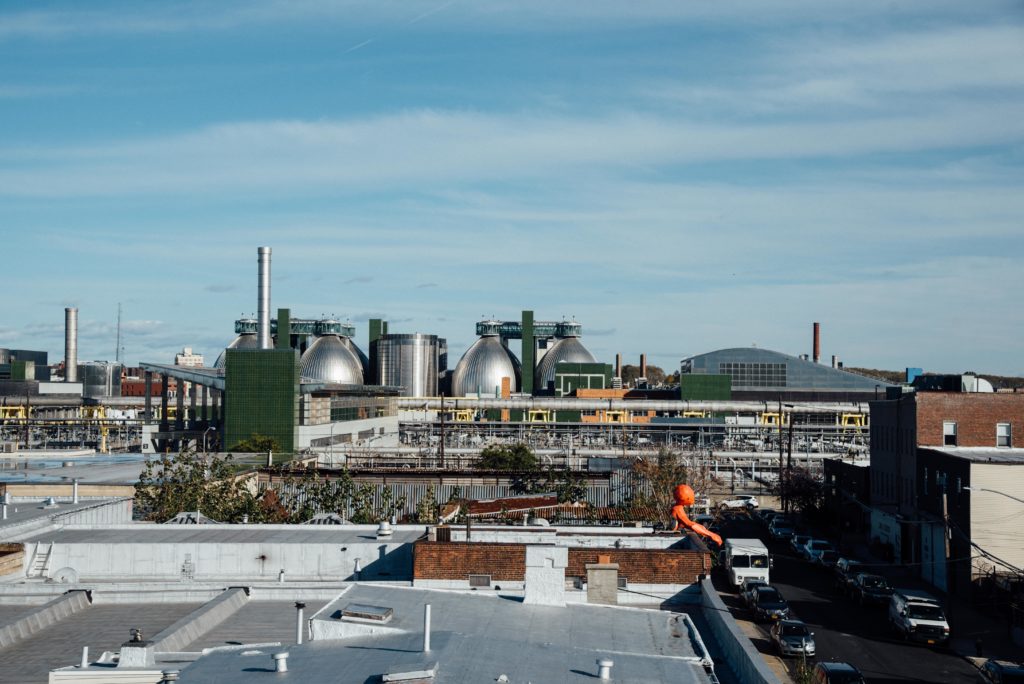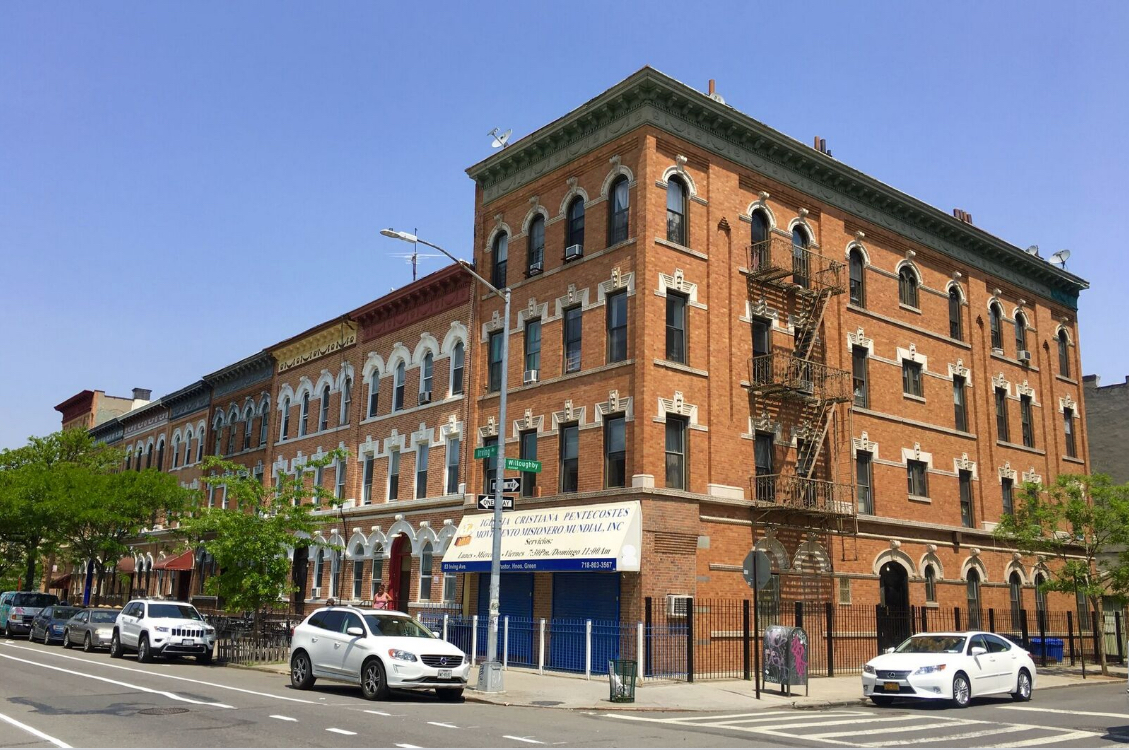Newtown Creek’s Brooklyn waterfront faces first zoning changes in nearly 60 years

The city’s plan for rezoning the North Brooklyn Industrial Zone is beginning to come into focus, with the goal of encouraging job growth by reworking restrictive zoning to allow for taller buildings, less parking and more density.
The Department of City Planning’s updates to the proposed rezoning now feature details about the potential changes to the FAR (Floor Area Ratio), a measurement that reflects the ratio between the total floor area of the building and the square footage of the lot on which it is built. Changes to the FAR would determine the height of new buildings, as well as the types of establishments that will be allowed in the updated rezoning.
While underlying industrial zoning will remain the same, DCP is proposing changes to the area for the first time since 1961, splitting the thousand-plus acre industrial area of Greenpoint, East Williamsburg and Bushwick into three zones: Core Industrial, Transition and Growth.
